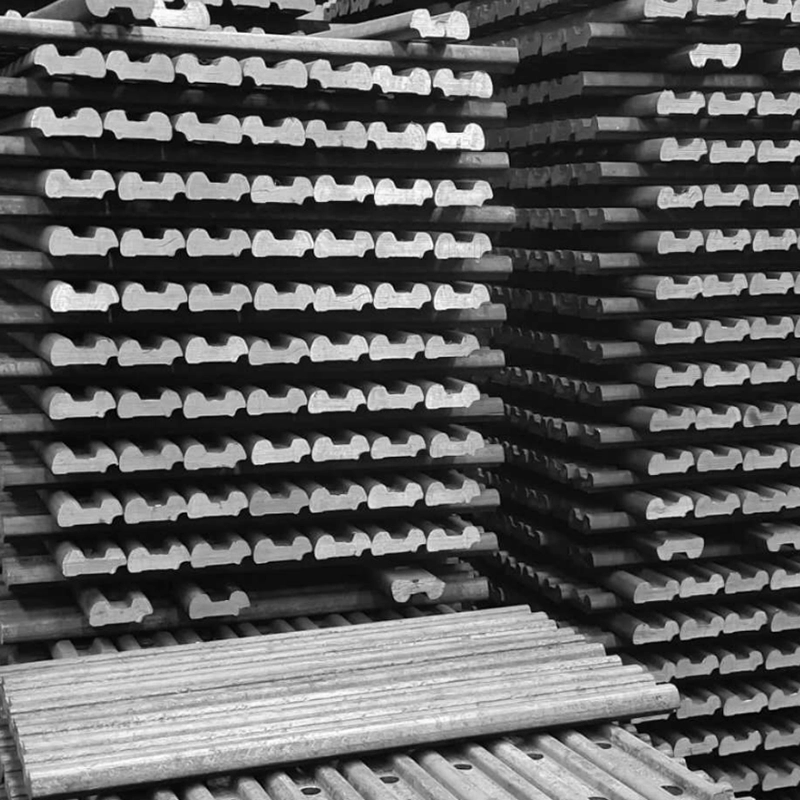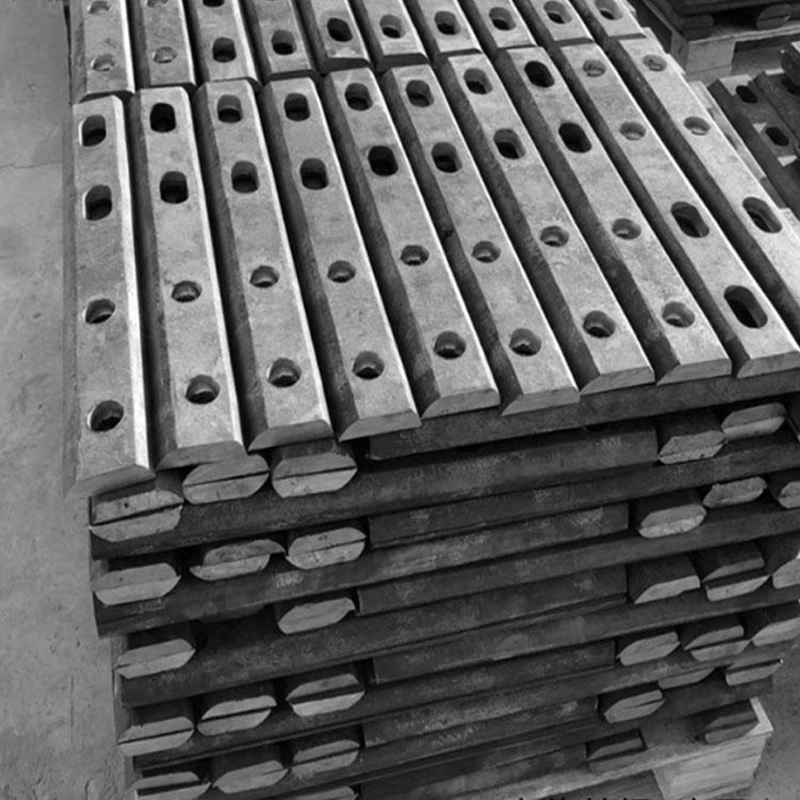Fishplates
Overview
Technical Specifications
Light Mining Rail
Light-rail joint bars: for nominal rail weights 9, 12, 15, 22, 30 kg/m.
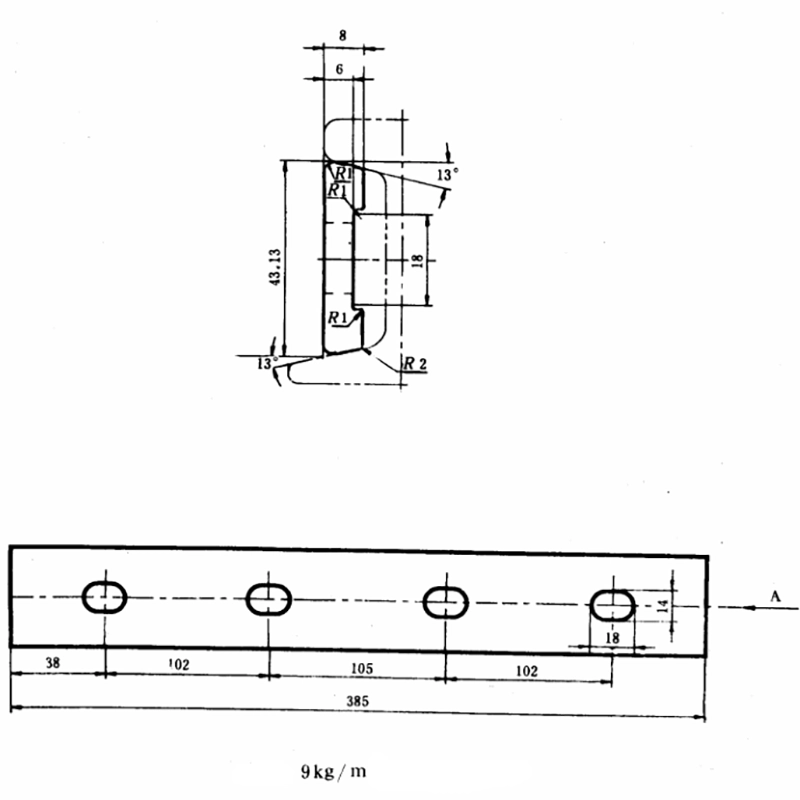
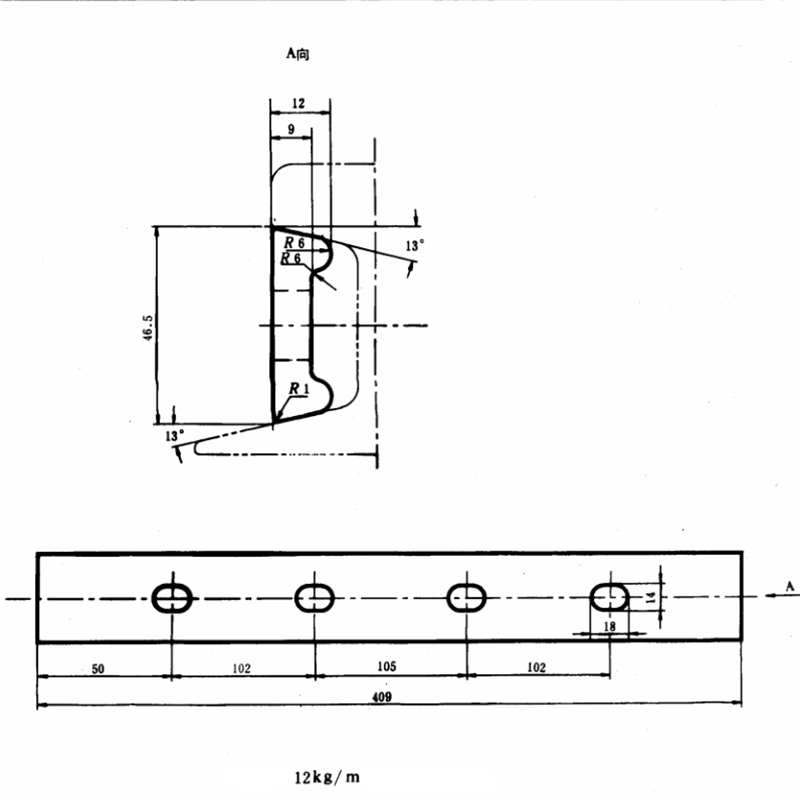
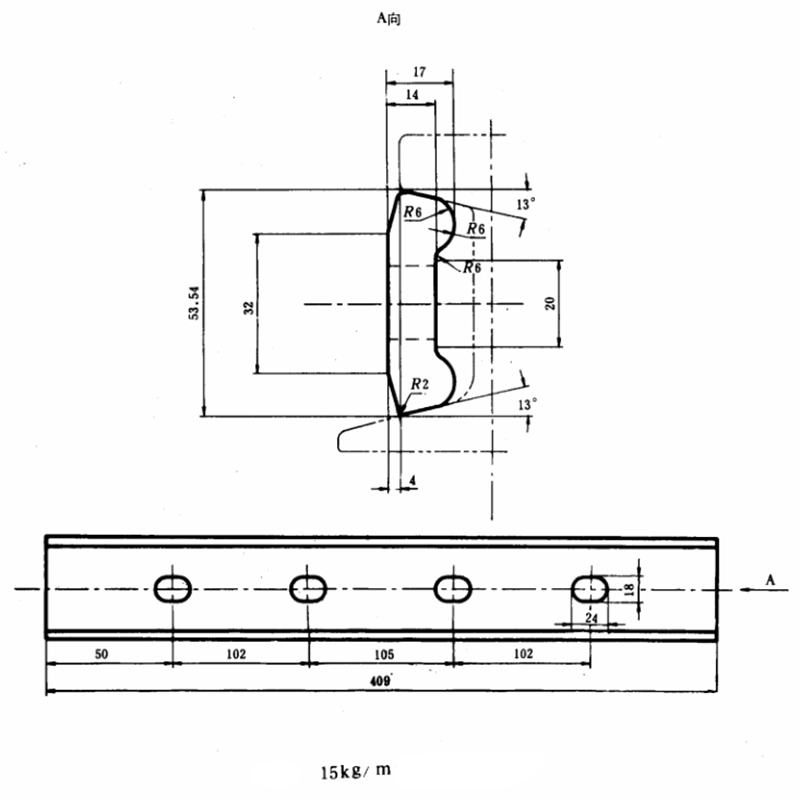
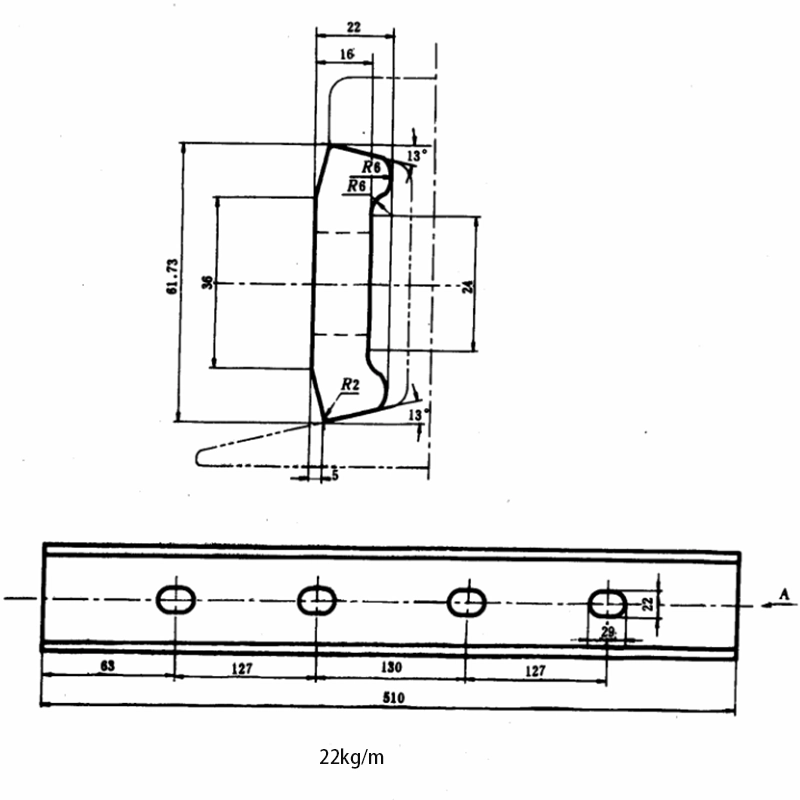
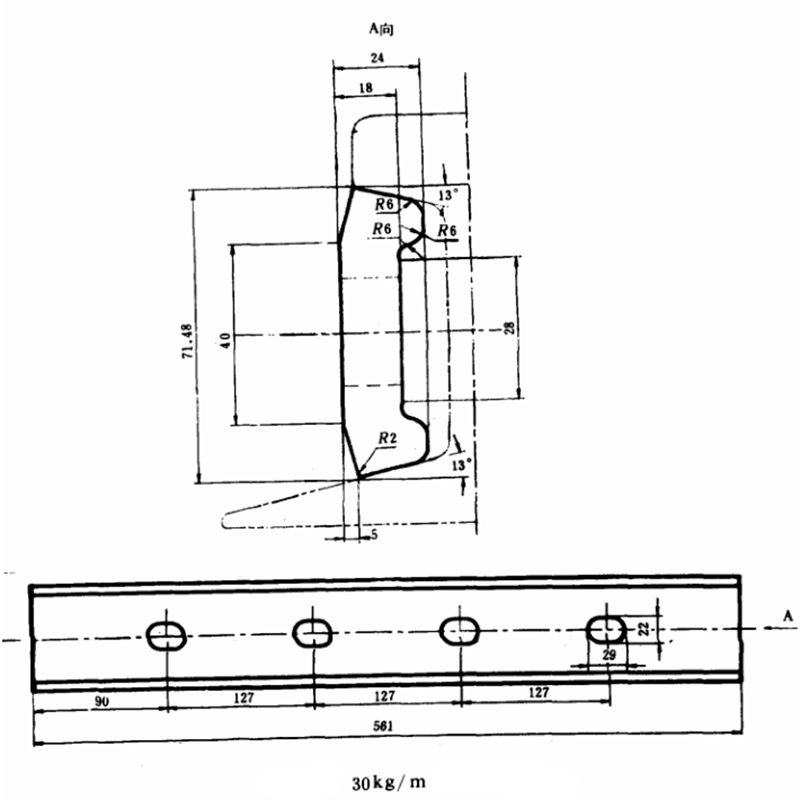
Heavy Mining Rail
Heavy fishplates: for heavy rails such as 38, 43, 50 and 60 kg/m.
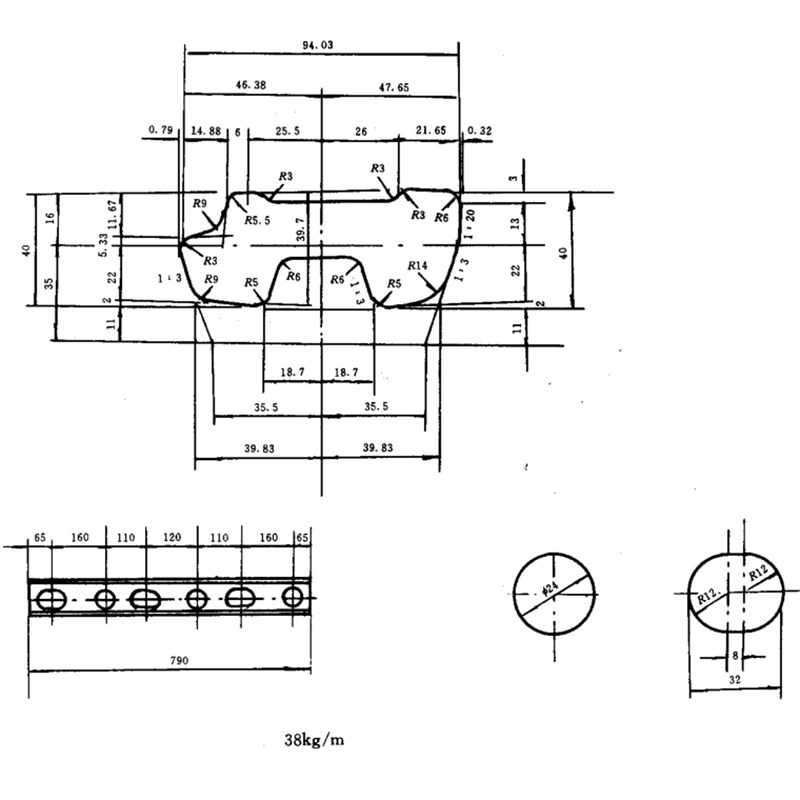
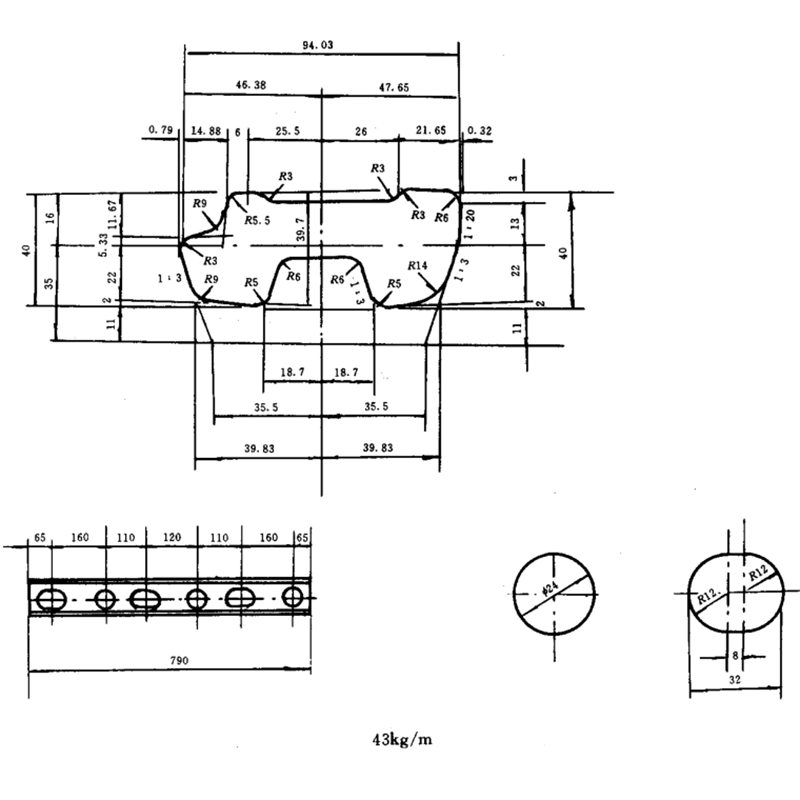
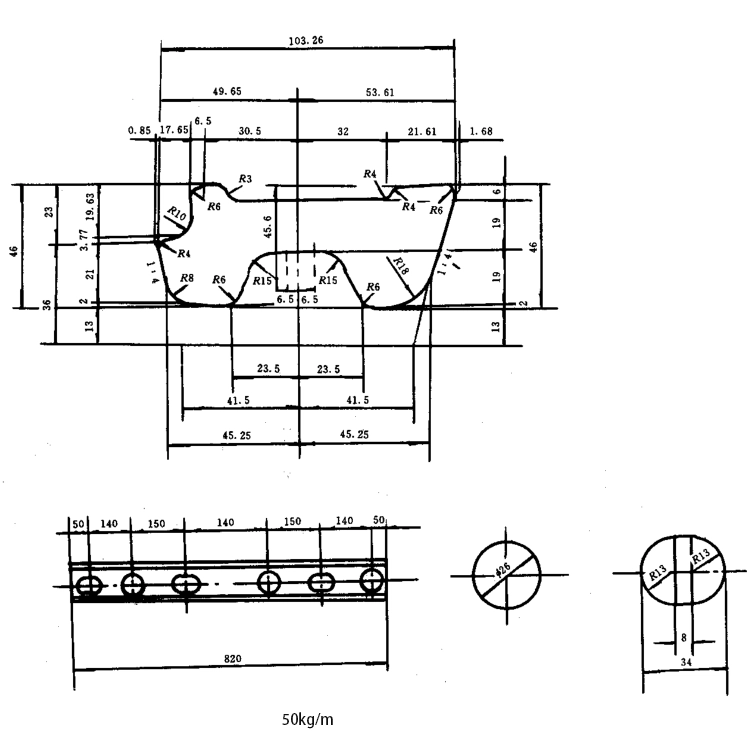
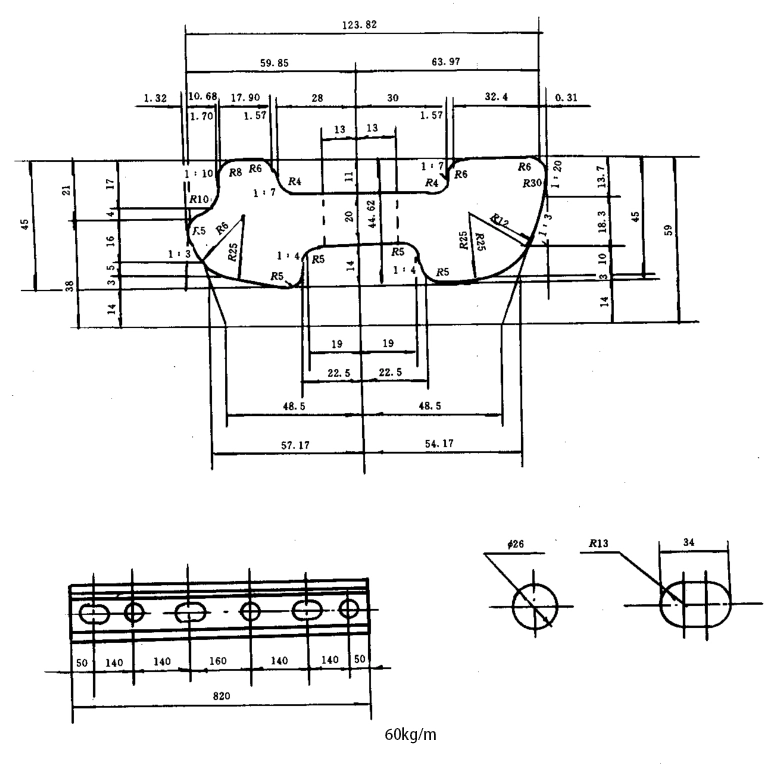
Smelting & Manufacturing
Light-rail steel may be produced in converter, open-hearth or electric furnaces; delivery condition is hot-rolled.
Heavy fishplates are commonly produced from killed steel (EAF/BOF/other) and, depending on requirements, delivered quenched & tempered (high-temperature quench + self-tempering or tempering) to meet mechanical properties.
Bolt holes are often punched in the hot state; cutting to length may be by hot or cold methods.
Surface Quality & Dimensional Tolerances
End faces: no delamination or shrinkage cavities.
Surface: no cracks, folds, bubbles, scabs; local scratches/pits ≤ 0.5 mm depth permitted.
Ends and hole edges to be square to length and burrs removed.
Dimensional tolerances (examples):
Bolt hole diameter: punch direction ±0.5 mm; die direction +2.0/−0.5 mm.
Thickness: +1.0/−0.5 mm; working face height ±0.5 mm.
Fishplate length: ±3.5 mm; other negotiated dims ±0.5 mm (examples).
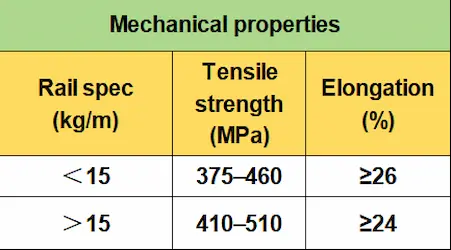
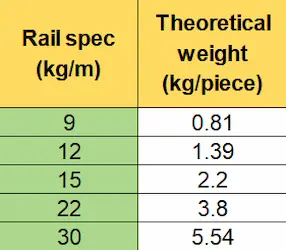
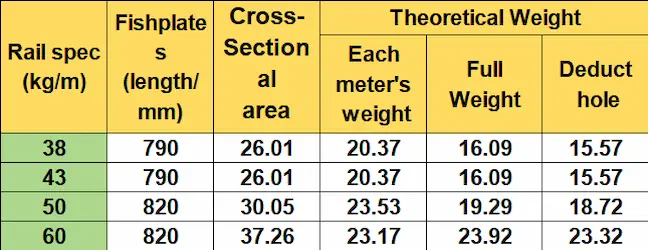
FAQs
Q: What is a fishplate / joint bar?
A:A fishplate (joint bar) connects two rail ends to ensure geometric and mechanical continuity at the joint. It is used with bolts, shims and insulation components as required.
Q: Which rail types/sizes are available?
A: Common light-rail: 9, 12, 15, 22, 30 kg/m. Typical heavy rails: 38, 43, 50, 60 kg/m. Other sizes available on request.
Q: What materials are used and can you provide an MTC?
A: Light-rail uses Q235-A or Q255-A per GB 700; heavy fishplates commonly use grades such as YW52. Mill Test Certificates (MTCs) and factory test reports are provided with shipments.
